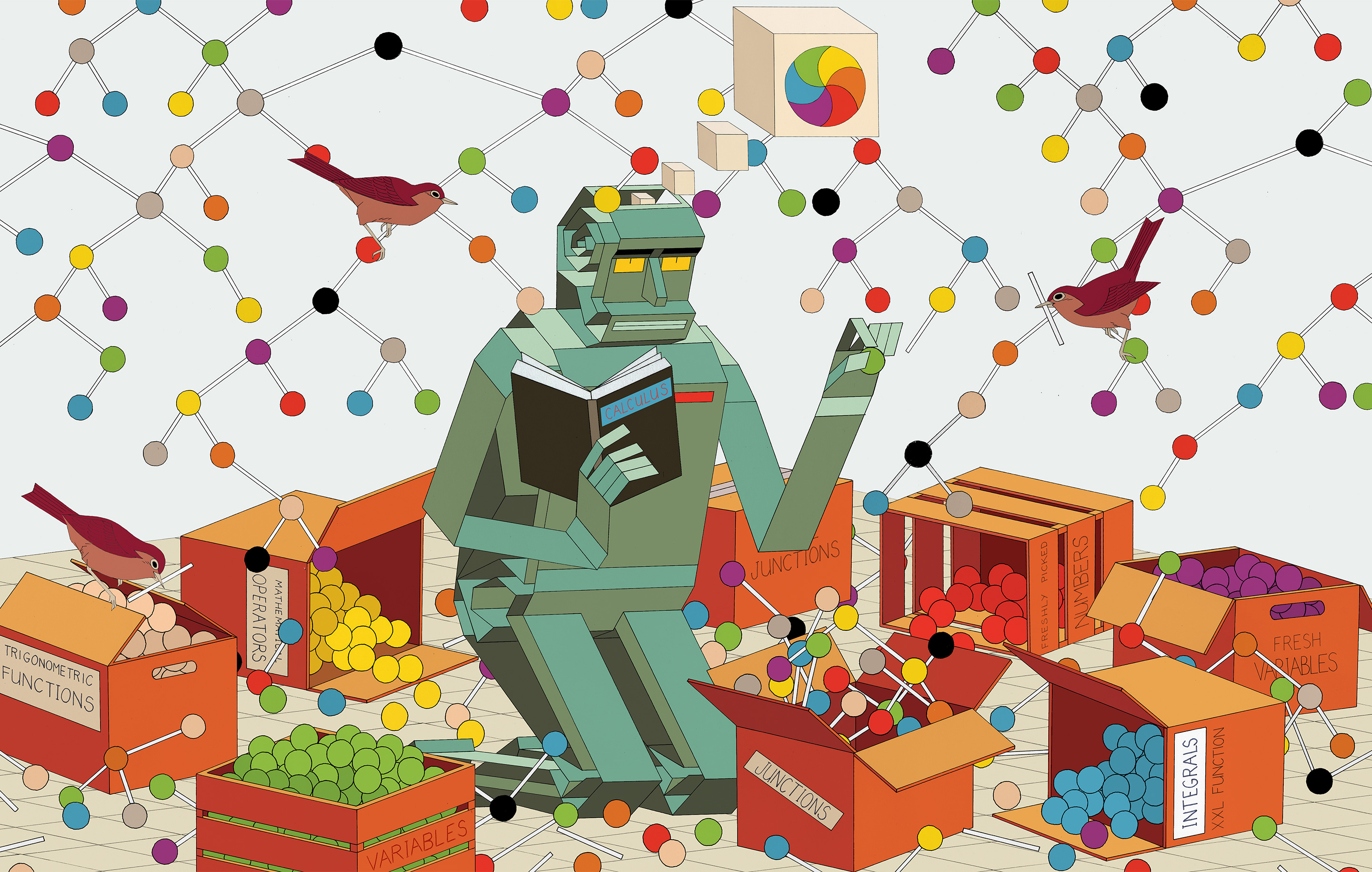Symbolic mathematics finally yields to neural networks
More than 70 years ago, researchers at the forefront of artificial intelligence research introduced neural networks as a revolutionary way to think about how the brain works. In the human brain, networks of billions of connected neurons make sense of sensory data, allowing us to learn from experience. Artificial neural networks can also filter huge amounts of data through connected layers to make predictions and recognize patterns, following rules they taught themselves.
By now, people treat neural networks as a kind of AI panacea, capable of solving tech challenges that can be restated as a problem of pattern recognition. They provide natural-sounding language translation. Photo apps use them to recognize and categorize recurrent faces in your collection. And programs driven by neural nets have defeated the world’s best players at games including Go and chess.
However, neural networks have always lagged in one conspicuous area: solving difficult symbolic math problems. These include the hallmarks of calculus courses, like integrals or ordinary differential equations. The hurdles arise from the nature of mathematics itself, which demands precise solutions. Neural nets instead tend to excel at probability. They learn to recognize patterns — which Spanish translation sounds best, or what your face looks like — and can generate new ones.
The situation changed late last year when Guillaume Lample and François Charton, a pair of computer scientists working in Facebook’s AI research group in Paris, unveiled a successful first approach to solving symbolic math problems with neural networks. Their method didn’t involve number crunching or numerical approximations. Instead, they played to the strengths of neural nets, reframing the math problems in terms of a problem that’s practically solved: language translation.
“We both majored in math and statistics,” said Charton, who studies applications of AI to mathematics. “Math was our original language.”
Read more at Quanta, hhttps://www.quantamagazine.org/symbolic-mathematics-finally-yields-to-neural-networks-20200520/
